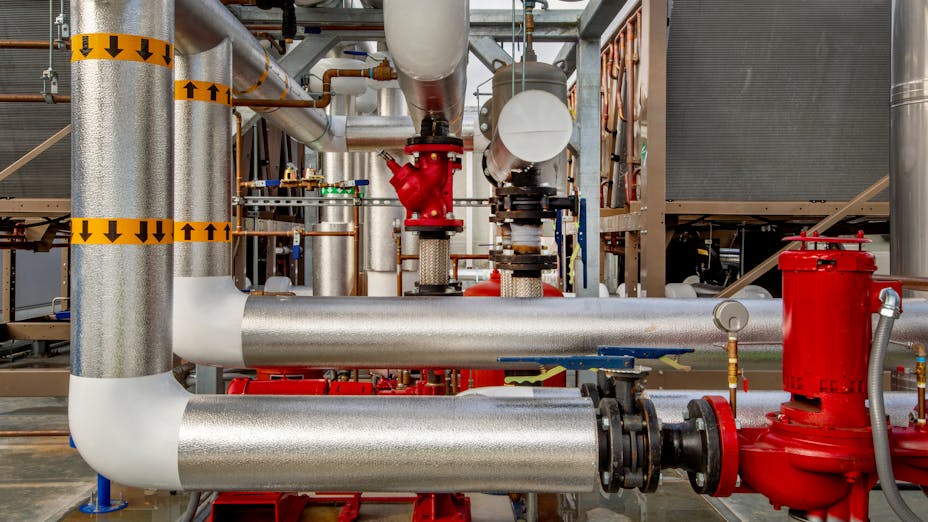In summary, what is the purpose of BS 5422?
BS 5422 serves as a method for specifying thermal insulating materials used in various applications within buildings, including pipes, tanks, vessels, ductwork, and equipment. It covers temperature ranges from -40°C to +700°C in domestic, non-domestic, and commercial buildings. This standard provides guidance for designers, specifiers, contractors, and manufacturers of thermal insulation, helping them determine the minimum insulation thickness required to control heat losses and gains from building services.






